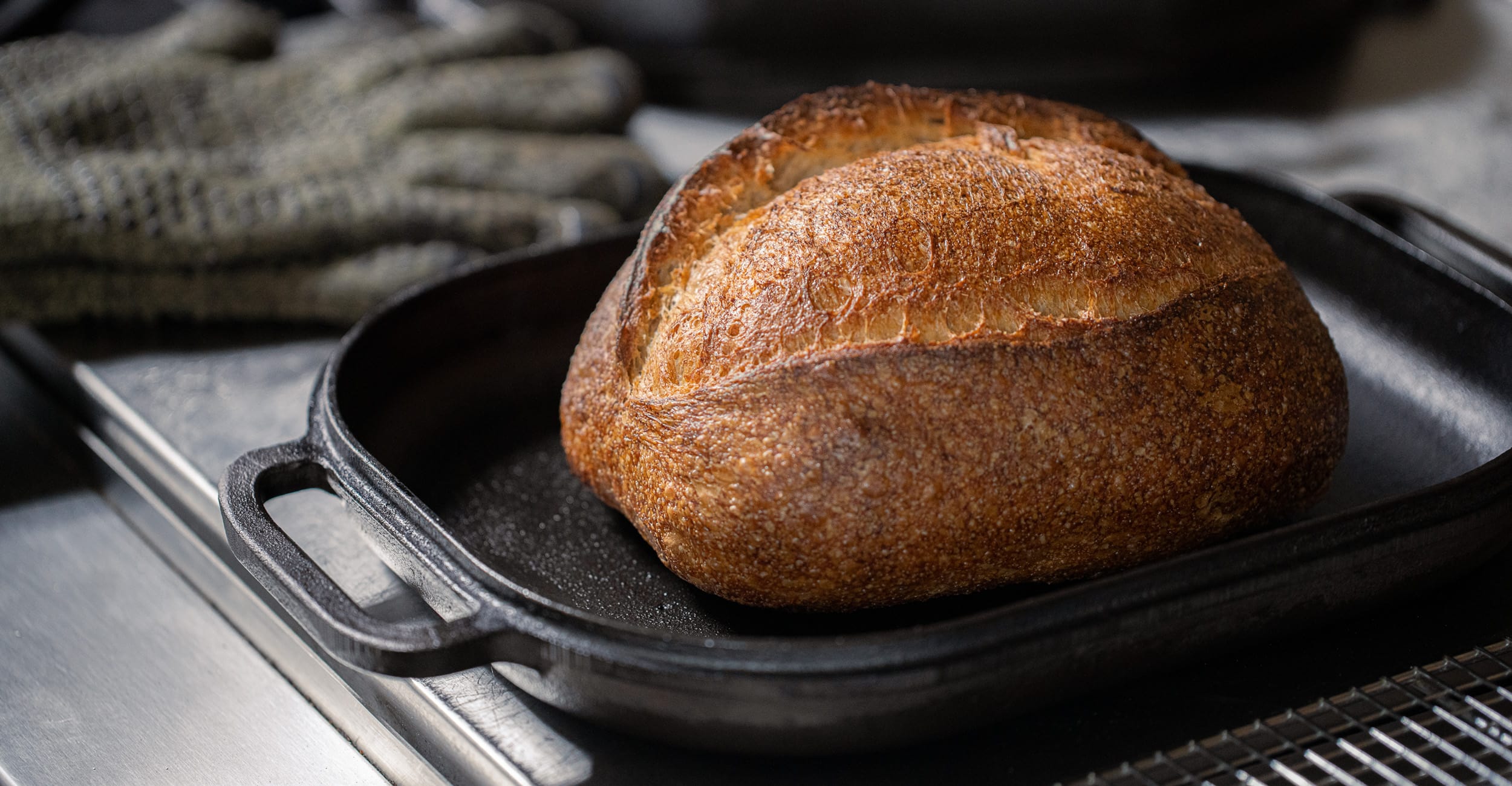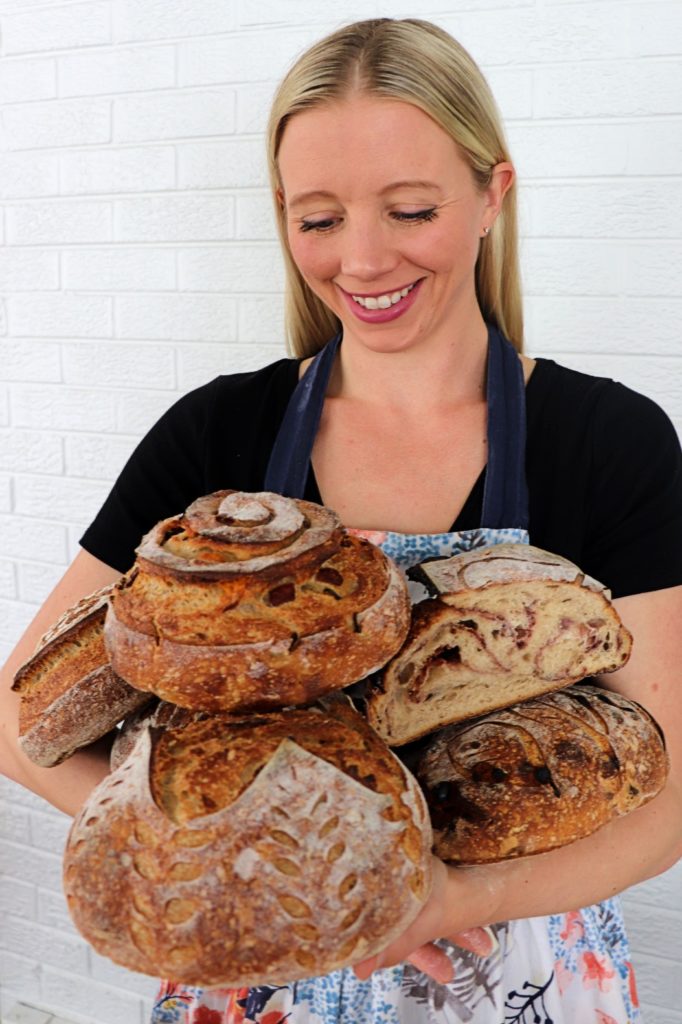
Elevation has many different effects on baking. If you are living at a high-altitude and using a regular sourdough recipe, you’re likely to be running into some challenges. The lower air-pressure and drier air changes the fermentation rate and causes differences in water absorption. We got some helpful tips from Heather over at Leavenly on how to adjust your sourdough baking to suit a high-altitude.
Please email us at techniques@challengerbreadware.com with your comments and questions.
The most common struggles that high-altitude home bakers deal with are:
Many common challenges with baking sourdough at a high-elevation come down to one oversight: the fermentation rate. Bread baked at high altitudes has more of a tendency to become over-fermented. Here are some common signs of over-fermentation:

There are several reasons why elevation affects sourdough bread, and understanding these environmental differences will help you make the necessary changes to your baking schedule.
High elevations are notoriously drier than their sea-level counterparts. For example, the humidity in a high-altitude location may typically be 10-20%. As you drop into a lower elevation, the humidity is much often higher, even as high as 65-80% or more. Dry air will affect more than just your skin: cooking ingredients are much drier, and flour is no exception.
Clearly, humidity levels have a big effect on flour. This will be most evident when you add your water to your flour. In Heather’s experience, lower hydration loaves are harder to work with because the flour absorbs the water too fast. Because of this, she recommends a 70-75% hydration. This is enough water to properly hydrate the flour without risking over-fermentation.
Lower air-pressure at high-altitudes allows for the gasses produced by the yeast to expand much faster than they do at sea-level. This means that you generally need less time for bulk-fermentation when you are at a high-altitude. If you are struggling with producing spread out, or completely flat loaves, start experimenting with adjusting your bulk fermentation times.
Start by shortening your bulk-fermentation times in increments of 15 minutes. You may find that you need to shorten bulk by a considerable amount of time, but making the changes in small amounts will allow you to find that sweet spot.
If you are concerned about developing enough dough strength in a shorter bulk-fermentation period, try adding in some extra sets of stretch-and-folds, or coil folds. This will help you achieve a strong gluten network without having to push bulk-fermentation to the point where it has gone too far.
Because there are so many variables in high-elevation baking, it can be hard to know which changes to make first. Heather suggests starting with changing your hydration first, as well as shortening your bulk-fermentation period. These are likely the biggest adjustment areas that will help you produce well-shaped loaves with proper oven spring.
As always, the changes you make will be particular to your individual environment. Start by making and recording small changes, and see where they take you! It’s all about finding that perfect balance.
Check out Heather’s full high-elevation sourdough recipe on her blog!